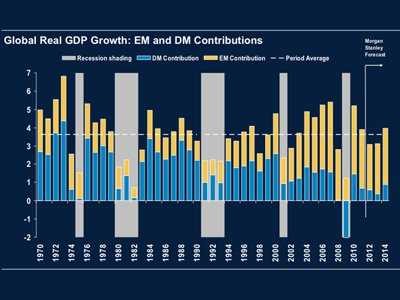Global maritime and border security market expenditure expected to reach $224bn by 2024 Yahoo
Post on: 16 Март, 2015 No Comment

The world’s maritime interests are fundamentally linked to the well-being, security and prosperity of its citizens. Many of the global economies depend on safe, open, seas and oceans for free trade, tourism, economic development and ecological diversity. Given the truly international nature of global supply chains and shipping, each nation’s strategic maritime interests are best safeguarded by partnerships with other stakeholders or international organisations. Failure to ensure adequate protection against a wide array of maritime risks may result in the seas and oceans becoming arenas for organised crime, terrorism, or international conflict.
Some 90% of the European Union’s external trade and 40% of its internal trade is transported by sea. In a policy context, in December 2013 the European Council underscored the importance of safeguarding the EU’s strategic maritime security interests against a broad range of risks and threats. In terms of specific goals, the 2012 Limassol Declaration stressed the ‘importance of improved maritime governance including increased cooperation’. Concerted diplomatic efforts being made to lay the groundwork for a integrated EU maritime security strategy.
Piracy emanating from Somalia has long dominated maritime concerns of policy makers and insurance companies, as sporadic attacks on commercial vessels have occurred close to the Horn of Africa for over a decade. However, following concerted, wide-ranging, and (to a large degree) successful efforts to counter Somali piracy, international attention is now shifting to new hotspots of insecurity, including Southeast Asia and waters off Africa’s west coast.
According to the International Maritime Bureau, pirate attacks on tankers and cargo ships in Southeast Asia are on a upward trend, registering an increase from 46 in 2009 to 128 last year. Some of the largest and most dangerous criminal organizations operating in the region are the Chinese triads, Vietnamese gangs, and the Japanese yakuza.
Smaller networks have also flourished in most regional states and set up transnational criminal activities. All these groups take advantage of weak governmental institutions and law enforcement agencies to broaden their scope and increase their profits. By doing so, they undermine new democracies and developing economies in Southeast Asia.
To control this surge in criminal activity, there have been calls for armed private security on ships. Such measures would inevitably involve additional costs and security expertise. In theory this may be possible to implement, given sufficient resources. Yet in reality the situation is more nuanced. One challenge is the current ban on armed private security in Indonesian, Malaysian and Thai waters, which may require not only improved law enforcement co-operation, but also a legislative review.
Such issues are not unique to the Southeast Asian region. The annual Human Cost of Maritime Piracy report notes that more seafarers were attacked in West African waters than off Somalia’s coast in 2012. 3a%2f%2fwww.companiesandmarkets.com%2fContent%2fDynamicMedia%2fcms-uploaded%2fX-20140620135000423.jpg&t=1426265637&sig=R7ppaaZnfTT5FcWFHCbf0A—
B /%

Today’s maritime and border security concerns include piracy and armed robbery at sea, theft of oil and other cargo, and illegal / unreported / unregulated fishing. Detecting and combating the trafficking of counterfeit goods, people, narcotics and arms also remains a challenge. These — and many other — security issues will require rigorous assessment of national and supra-national capabilities as well as continued investment in border surveillance and detection, border infrastructure protection, and maritime infrastructure and protection.
According to industry analysts, the global maritime and border security market is set to be worth $13.8bn by the end of 2014. Recent analysis indicates that this figure will increase to $26bn by 2024, representing a growth of 6.82% CAGR over the 10-year period. During the forecast period, the cumulative global expenditure in the maritime and border security domain is expected to reach $224bn.
For more information on the Global maritime and border security market, see the latest research: Global Maritime and Border Security Market
Follow us on Twitter @CandMResearch














